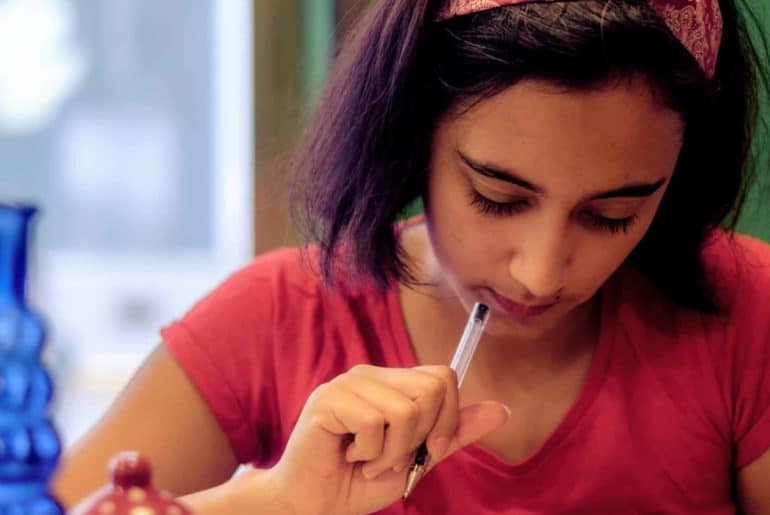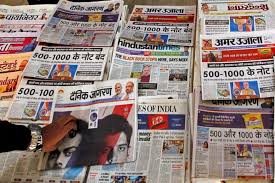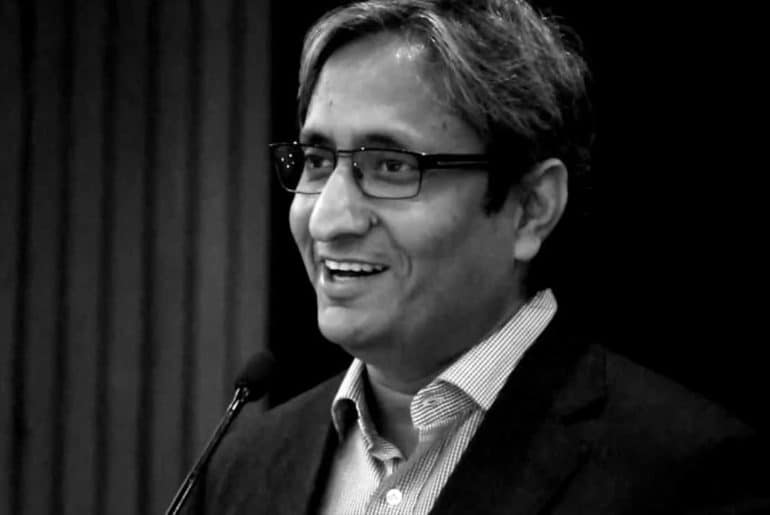What is it like to be a female student journalist? Is it always dangerous, or can one bypass the gendered prejudices and discrimination? What are the things that make journalism a gendered experience? Female student journalists across the country answer these questions, and more.
Untoward comments, sly taunts, and that nagging feeling of being unsafe –the life of a female student journalist. Student journalism provides exciting opportunities for work experience, but the female experience is often undermined and disregarded. That the ‘second sex’ faces discrimination, harassment, and prejudice stemming from patriarchy is evident in the numerous instances reported in the news. A greater number of such reports, however, die unknown, due
to the fears and social stigma that surround them.
Watching, reading, and listening about such instances generates a psychological fear that can be
extremely disempowering. It’s almost as if you know beforehand that you will be treated differently because of your gender. For most of us, this unfortunate reality gradually sinks
in. The eventual acceptance of the fact that your work as a journalist will come with an unwanted package of sexism is perhaps the saddest part. DU Beat spoke to female student journalists across the country, and this article is an attempt to give them agency and acknowledge their struggles.
The first thing that most journalists mentioned while researching for this article was time. Working at odd hours is a major limiting factor on every female journalist’s mind. Returning home after covering events, fests and seminars at night can be daunting, especially in cities
like Delhi, where women’s safety is a persistent fear.
Since it is a time sensitive job, we must be on the go constantly. Safety is a big issue. My parents were initially very against me joining a media outlet since it involved going out in the late evenings. Being a student, you need to balance time with your studies as well, and being a woman, with the hundred other kinds of work and duties society expects you to perform. I used to feel quite odd travelling by metro at odd hours and being at fests at night. It can be a thrilling experience, but there is this constant fear at the back of your head that something can, at any time, go wrong.
shared an anonymous journalist
The hesitation of getting quotes for a news report from men was also something most female journalists said they tried to avoid.
I have thankfully never faced any sort of gender discrimination directly being a female journalist, but that is also because I try to never put myself in that position in the first place. I am very wary of men in general, and more comfortable getting quotes from women, if I am
honest. Fellow student journalists have said that many people can be creepy when it comes to giving quotes. They might harass you even after you have completed your professional
conversation.A female student journalist studying in Lady Shri Ram College for Women commented
Covering and reporting student politics is also, unfortunately, a gendered experience. The rough
world of politics can be tougher for female journalists to navigate.
I feel like I have faced more problems not because I am a student journalist but because I’m a female student journalist. Perhaps the biggest hurdle is contacting political parties for quotes. The biggest concern is safety. As a woman, you are stuck in a messy situation where your contact is being shared with the world. I know a lot of female student journalists who have gotten bullied or harassed while trying to report a situation. Since we do this work in good faith, it feels sad when you hear about such instances. I spoke to a member of an organisation once, and later got repeated requests from them on Instagram. It is a weird world out there, and when you are doing such a job, you are exposing yourself more.
lamented yet another female student journalist
Another correspondent highlighted how her decision to report a piece of news led to her staying indoors for a week for safety reasons.
There are always times when you hesitate to ask quotes from student political organisations. I was very sceptical about asking them for quotes since they are known for looking your name up on social media and sending unsolicited messages. Once a report I wrote received a lot of backlash from a particular student body. I was asked to stay at home for a week after that. Another time, while interviewing a professor accused of sexual harassment, he talked to me inappropriately. The worst part is that we think that this is a given, that it is a part of being a journalist.
she said
This sad reality is only worsened when women go for on-ground reporting. For a female student
journalist studying in Mumbai, speaking to men face to face has been a disenchanting experience.
They make you feel so uncomfortable. It is almost as if they do not view you as another human worthy of self-respect.Cases of sexual harassment and bullying are widespread.
she said
College students who come to study in a city from their hometowns face an added layer of risk.
When I came to Delhi, I felt that everyone viewed me differently. I felt that there were issues
I wanted to talk about but could not.Freedom of speech is different for men and women. Plus, contacting people can be a different engagement as a gender minority. Identity for me has been a point of observance, I noticed that a person from another state or a privileged background could get away by talking about certain things in a simplistic manner. Whereas, being a Kashmiri Muslim woman, I could not talk about certain things, fearing that it would be held against me. Journalism is so many things, but your identity defines what kind of journalism you want to do. Feminist intersectional stories need more voice.commented a female student journalist
For Kashish Shivani, the Web Editor of DU Beat handling the danger of being known is fearsome.
As a woman, you have to always be on guard. You cannot talk candidly to anyone. Once people know you, your social media handles, your email address, and your phone number, you find yourself in uncomfortable situations. There have been instances where when one person from an organisation or college society starts following, their friends also follow suit. This is a confusing place to be in, as you are constantly wondering when something untoward will happen.
Kashish Shivani, Web Editor of DU Beat
Kashish commented on her experience as a female student journalist.
Accompanying women covering on ground protests is a persistent fear. And particularly while interacting with men, when you see for yourself that men are not talking to you in a completely professional manner. That feeling of not being fully accepted or respected is disheartening. Moreover, the relations my fellow male correspondents have with contacts are very different from the relations I have with them.
Kashish Shivani, Web Editor of DU Beat
Such instances highlight the subtle difference most women can make out, where they are not treated as equal to their male counterparts.
Perhaps the most thought-provoking remark was from Himasweeta Sarma, the current Editor-in-Chief of DU Beat.
Most of the messages we receive on DU Beat’s account are addressed to ‘sir’. I think that this speaks a lot about the current state of women in journalism considering that since 2011, four or five times the post of Editor or Editor-in-Chief has been held by a woman and yet this persists.
Himasweeta Sarma, Editor-in-Chief of DU Beat
Most of the female student journalists whose quotes were used in this article have been kept anonymous, upon request. As one of them pointed out, “This is the strangest irony, me asking you to not mention names and keep me anonymous right after talking about how important it is to popularise female experiences in journalism.” Preferring to remain anonymous and going without credit because of gendered fear is yet another disempowering reality that female journalists face. Virginia Woolf’s words echoed in my head the entire time I typed this article, “For most of history, Anonymous was a woman.”
Read Also: Press Freedom in The Lives of Struggling Student Journalists
Featured Image Credits: BBC News
Shiuli Sural






